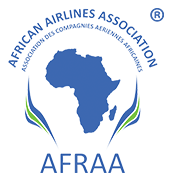Finding a balance between maximizing revenue and meeting customer needs is the core challenge of airline schedule building and availability calculation. It’s tough for airlines and distribution partners, yet metasearch seems to get it right. What is their “magic formula”, and what can airlines learn from these digital-first retailers?
Traditionally, the order in which flight options are presented to a customer is determined via a ranking model. The model gives a weight to a series of factors, usually trip length and price, to score a schedule. The system then returns the results to the customer based on that ranking. But this method doesn’t always give customers the “best schedule”, that is, the fare they are most likely to buy.
On the other hand, machine learning-based systems, such as those used by metasearch, consider passenger and trip characteristics such as trip length, stops, featured flight, and rewards to determine booking probability.
To find out which works best, Accelya’s data science team put both approaches to the test.
In traditional schedule building, the response API does not return the “best schedule” for the customer in the first search, preventing the airline from maximizing the booking probability and revenue. The most convenient schedule is often among the lower-ranked options, obscured by other options such as the cheapest.
Accelya’s experiments show that their ML-based model has a 91% prediction success rate compared to 86% with the traditional model. For airlines flying 20 million passengers per year, that 5% difference could significantly increase revenue.
Accelya’s data science team works to improve the efficiency and effectiveness of their solutions to ensure their airline customers benefit from advances enjoyed by digital-first players, such as metasearch.
To find out more about Accelya, click here or visit Accelya.com.
